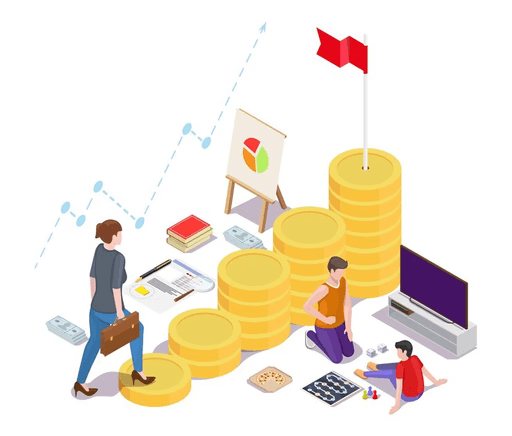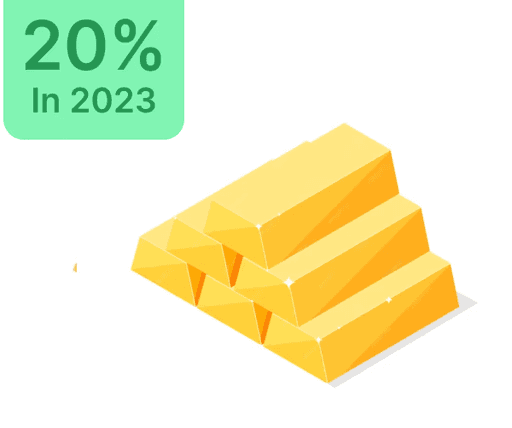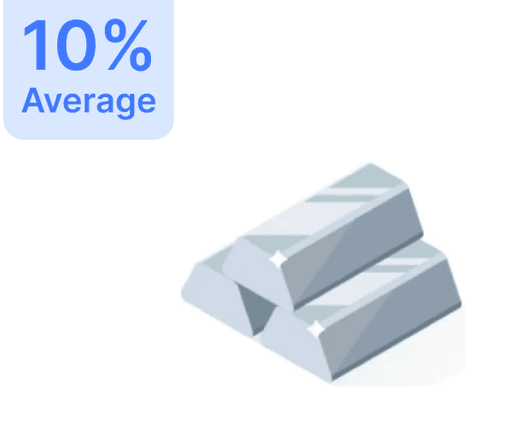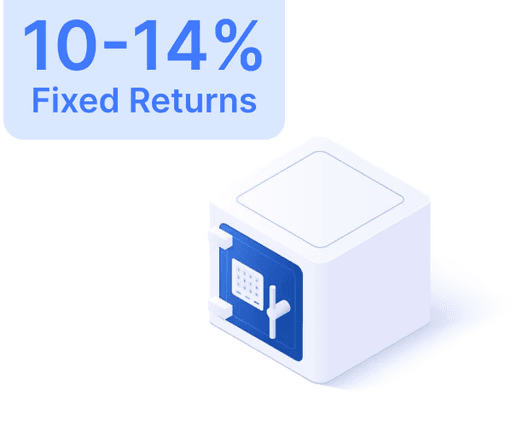Income Tax Slabs for 2024-25: What's Your Best Option?

 Jun 15, 2024
Jun 15, 2024 8 Minutes
8 MinutesIn the intricate realm of Indian taxation, income tax is meticulously calculated according to income tax slabs that vary based on the financial year (FY) and the assessment year (AY). Currently, we focus on FY 2024-25, with the AY being 2025-26, as we delve into the nuances of both the new and old tax regimes, including recent updates and their implications.
Understanding Income Tax Slabs
Income tax slabs ensure equitable distribution of the tax burden based on income levels, contributing progressively more from higher incomes to national finances. This system seeks to maintain fairness while mitigating financial strain on lower-income earners.
Note: The Interim Budget for 2024-25 made no changes to the income tax slabs. However, alterations announced in Budget 2023 apply for the financial year 2023-24.
New Tax Regime Slabs for FY 2023-24, FY 2024-25
Designed to simplify the tax structure, the new tax regime introduces revised slabs. As of the Union Budget announcement on July 23, 2024, the following slabs and rates are applicable:
- Total Income Up to Rs 3 Lakhs: Nil
- Rs 3,00,001 to Rs 7,00,000: 5%
- Rs 7,00,001 to Rs 10,00,000: 10%
- Rs 10,00,001 to Rs 12,00,000: 15%
- Rs 12,00,001 to Rs 15,00,000: 20%
- Above Rs 15,00,000: 30%
Key Updates in Budget 2024
- Default Tax Regime: The new regime is the default, applicable unless chosen otherwise.
- Increased Exemption Limit: Raised to Rs 3 lakh from Rs 2.5 lakh.
- Standard Deduction: Rs 50,000 for salaried individuals and pensioners.
- Family Pensioners: Deduction of Rs 15,000.
- Surcharge Reduction: Highest rate reduced from 37% to 25%.
- Section 87A Rebate: Increased for taxable incomes up to Rs 7 lakh.
Old Tax Regime Slabs
Traditional tax regime slabs remain available for various individuals:
- Up to Rs 2,50,000: Nil
- Rs 2,50,001 to Rs 3,00,000: 5%
- Rs 3,00,001 to Rs 5,00,000: 5%
- Rs 5,00,001 to Rs 10,00,000: 20%
- Above Rs 10,00,000: 30%
Special rates apply for Senior and Super Senior Citizens categories.
Corporate Tax Rates
Domestic companies are subject to specific conditions:
- Section 115BAB: 15% for eligible manufacturing companies.
- Section 115BAA: 22%, excludes certain deductions.
- Section 115BA: 25% for manufacturing firms post-March 1, 2016.
- Turnover Less Than Rs 400 Crores: 25%
- Other Domestic Companies: 30%
Partnership Firms and LLPs Taxation
A flat rate of 30% applies, with a 12% surcharge for incomes over Rs 1 crore, plus a 4% Health & Education Cess.
Comparative View: New Regime Before and After Budget 2023
Before Budget 2023 entailed different ranges:
After Budget 2023 streamlined certain rates, enhancing taxpayer benefit.
Selecting Tax Regimes for FY 2024-25
Taxpayers for FY 2024-25 (AY 2025-26) can choose between:
- New Tax Regime: Lower rates with fewer exemptions.
- Old Tax Regime: Higher rates but numerous deductions available.
Conditions and Deductions
Opting for the new regime requires relinquishing certain benefits like House Rent Allowance, Standard Deduction on Salary, and various allowances. Certain allowable deductions include:
- Investment in Notified Pension Schemes
- Depreciation under Section 32 excluding additional depreciation.
- New Employee Benefit under Section 80JJAA
Income Tax Articles and Insights
- Learn about the Income Tax Act
- Guide to Income Tax Online Payment
- Files and deadlines for Income Tax Returns
- An understanding of TDS - Tax Deducted at Source
Taxable Income Types
- Business Income: Taxed with allowable deductions.
- Salary/Pension: Subject to tax depending on various parameters.
- Property Income: Rental income follows specified slabs.
- Capital Gains: Tax varies with asset type and holding period.
- Lottery/Races: Taxed separately.
Additional Tax Information
- Tax on Mutual Funds
- Documents needed to file Income Tax Returns
- Strategies for saving tax in India
- Handling Income Tax Notices
Old vs New Tax Regime: Key Distinctions
The new tax regime offers an alternative with lower rates and fewer deductions, whereas the old regime provides extensive deductions. Understanding these differences helps optimize tax outcomes.





